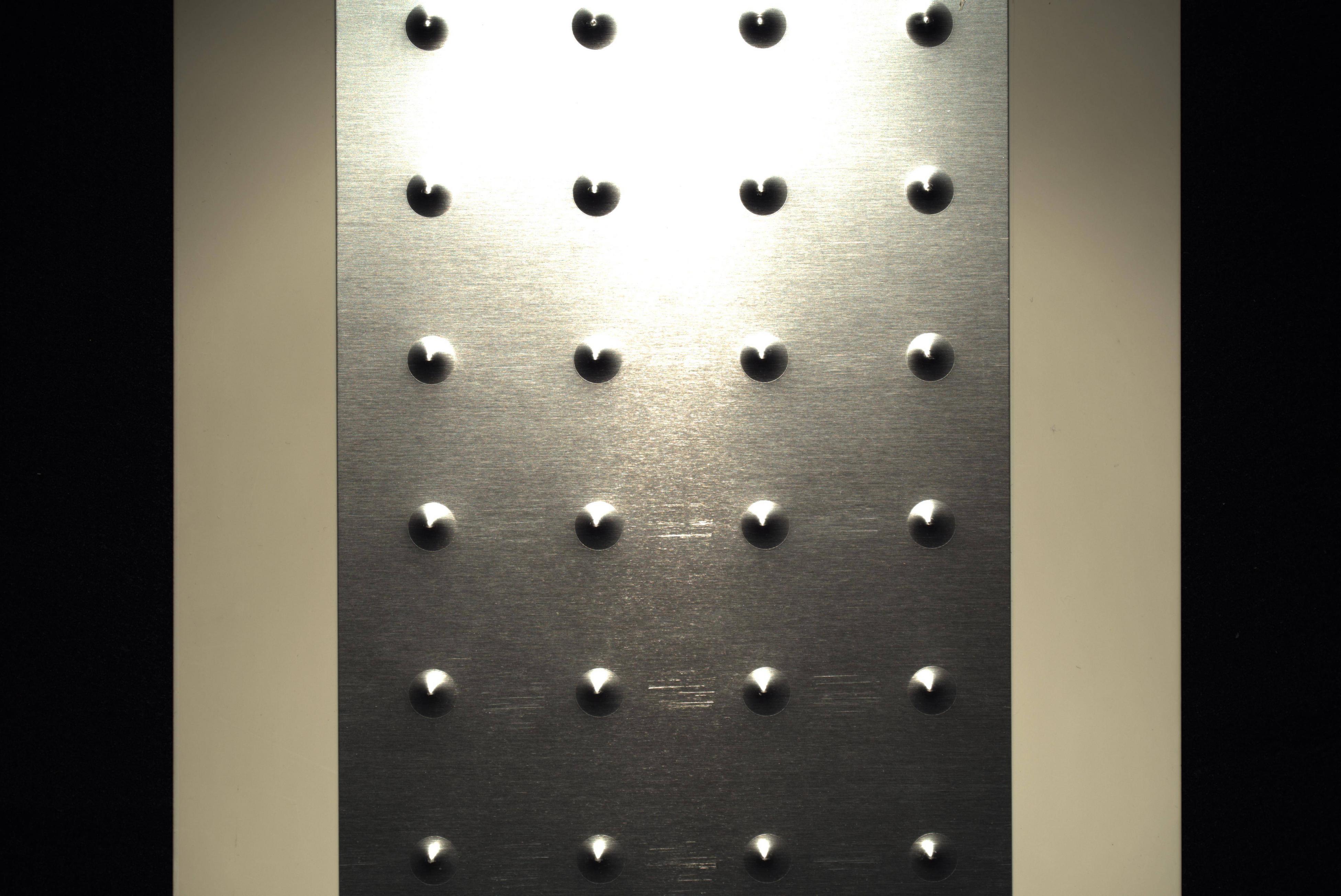I've taken two photos of a metal in an experimental setup.
The first image shows the metal illuminated by a halogen-lamp from above. The second image shows the same metal illuminated by the same lamp but there are two additions: There is a linear-polarizing filter in front of the lamp and one in front of the camera.
I was expecting all specular reflection to be eliminated and only the diffuse reflection to be visible. But as you can see, the metal seems to have changed its color as well. Why is that? Shouldn't the metal still appear to be yellowish?
I've made two more photos of a similar object; the setup is the same.
The object appears to be blue when the polarizers are added to the setup.
Both metals are anodized aluminum.
I've done the same "experiment" with wood, plastic, and fabric; they don't appear in a different color as the aluminum does. I've also tried out white paper to see if white-balance might be the cause: no difference, the white paper stays white.





